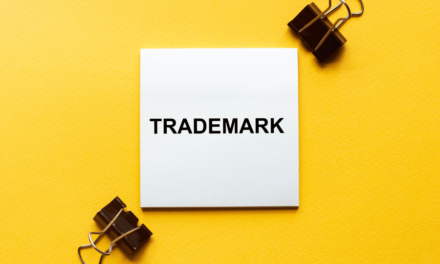DRM means different things to different people. In popular perception, DRM is often associated with controlling access to proprietary content–for instance, preventing music or video file-sharing. To be clear, this article is not about content protection technologies that prevent viewing or using digital assets. Instead, we take an enterprise perspective, and the focus here is on enterprise DRM tools to manage the rights and licensing information associated with digital assets.
Why Should an Enterprise Care About DRM?
Enterprises typically employ digital assets from multiple sources in marketing campaigns and corporate communications across different channels such as web, print, television, and mobile. Usage restrictions apply to third-party content based on the licensing terms that specify how that content may be used.
Typical license terms define the following:
• Duration, frequency, and formats of asset usage
• Permitted media channels
• Geographic regions
When large, geographically dispersed teams are running multiple marketing campaigns, tracking the rights status of associated assets can become quite complicated. This can result in an unintentional violation of licensing terms-with associated penalties. Also, it is not uncommon to see marketing campaigns and even product launches get delayed because someone on the project team belatedly discovers that the license rights of the relevant brand assets have expired or do not apply to some geographical territories. If rights are not obtained in time, the creative team must scramble to find substitute imagery for campaigns at the last minute.
Note that content creation companies (e.g., sellers of stock images) have different concerns and motivations. They want to monitor any unlicensed usage of their digital assets. They usually employ watermarking techniques, unique identifiers, and automated spiders that crawl the web to track asset usage.
This can result in an unintentional violation of licensing terms-with associated penalties.
Enterprise DRM Tools
DRM products enable you to capture the rights data associated with content assets, track their usage, and generate financial reports. In addition, they do the following:
• Support the full rights lifecycle from asset acquisition, deal flow, contract management, and royalty tracking.
• Let you track usage for audio and video assets not just at the file level, but also at the track/frame level.
• Allow you to watermark images and automate the tracking of watermarked asset usage.
When Do You Need a DRM Product?
If your enterprise requires only basic rights management use cases, you may be able to support them using your existing content or digital asset management (DAM) tools. But if you need support for multiple content types, extensive tracking of asset usage, or detailed financial reporting (such as billing for royalties), consider implementing a DRM tool.
Types of assets to manage-Rights management for image assets in some enterprise use cases is pretty straightforward. For example, existing DAM software can be used for watermarking and to indicate what digital assets cannot be used. But if you also need to manage rights information for rich media assets (i.e., audio and/or video) and/or want to keep track of granular rights (e.g., rights of derivative works such as subclips of longer videos or combined clips), you may need a DRM solution.
Extent of rights tracking-If you just want to capture the rights restrictions (what type of usage rights you have for an asset and its usage restrictions), the DAM software (or even a spreadsheet) can serve as a repository for such rights information. However, if you also want to track the usage of assets beyond your enterprise (for instance, the license terms may oblige you to prevent misuse by external parties), then consider a DRM solution.
Reporting requirements-If you have fairly detailed financial reporting requirements for keeping track of asset acquisition costs-and therefore want them integrated into your enterprise resource planning (ERP) or other enterprise systems-then consider a DRM solution.
Conclusion
Remember that effective DRM is about process discipline and governance, and a DRM tool alone will not suffice. Consider that enterprises rarely possess centralized rights information, unless they are directly in the business of intellectual property management. In many enterprises, rights information may exist as faxes or email attachments-or even on good-old paper. A lack of resources sometimes hampers efforts to centralize and/or digitize rights information. A rights audit, or taking stock of the current state of licenses for digital assets, is the first step in this journey.
Finally, as part of a DRM implementation, you’ll need to establish an ongoing process to manage the rights metadata information, as new deals are struck and for licensing future content. A well-defined rights management process, together with a DRM tool, can help ensure that asset usage complies with applicable licensing terms.
(Image courtesy of Shutterstock.)






